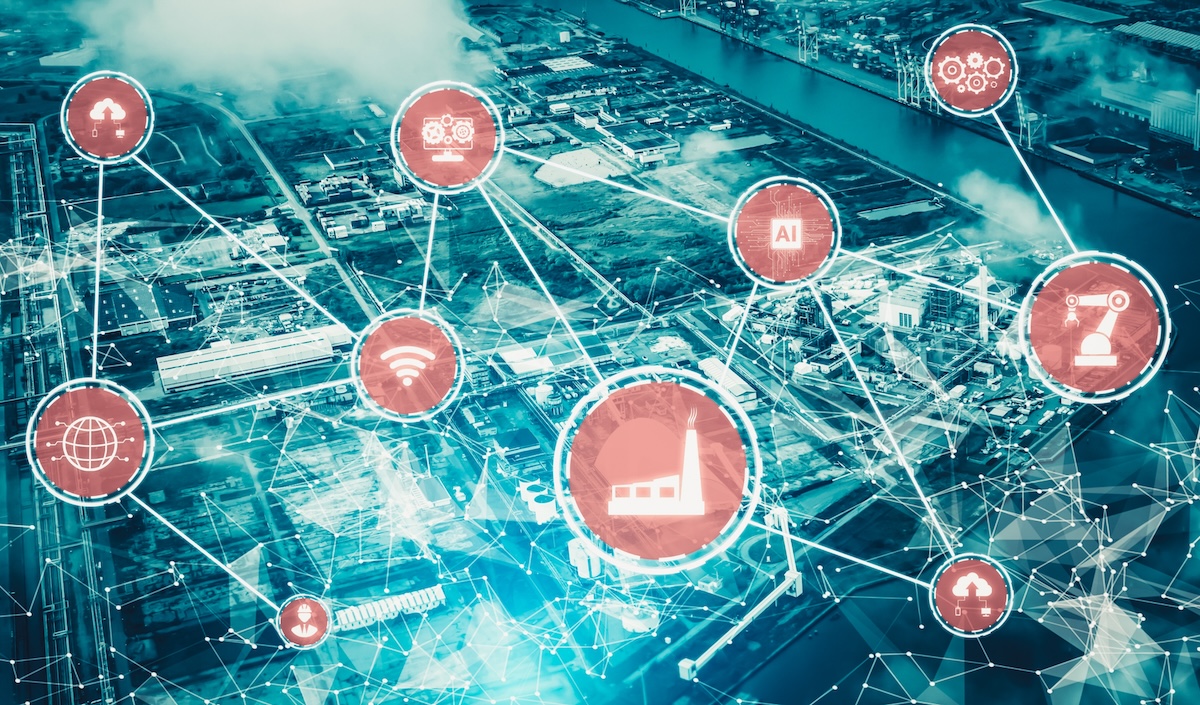Evolving Standards and Architectures for IIoT Data
The increasing volume and diversity of IIoT data present significant challenges for interoperability and integration. While standards are crucial for establishing a common language for data exchange, they alone cannot solve all the challenges. This article will explore how standards and architectures are evolving to address these challenges.
The Role of Standards
Standards are essential building blocks for communication and interoperability in IIoT ecosystems. They provide the rules of grammar for data exchange, ensuring that different devices and systems can understand each other. Several key standards are currently in use:
- Traditional Fieldbus and Supervisory Data Collection Standards
- Business Systems and Cloud Interaction Standards
However, simply knowing the rules of grammar does not guarantee effective communication. Contextualization of data is crucial for achieving true interoperability. This involves providing additional information about the data, such as its meaning, units, and relevance to specific applications.
For example, a temperature measurement from a motor needs to be contextualized differently for predictive maintenance, production monitoring, batch traceability, or sustainability reporting.
The Emergence of MQTT and Sparkplug
MQTT and Sparkplug are two key standards that are gaining traction in the IIoT space, particularly for connecting equipment data and enabling standardized connectivity:
- MQTT: This lightweight, publish-subscribe messaging protocol is well-suited for IIoT environments with limited bandwidth and unreliable connectivity. Its advantages include:
- Reduced bandwidth consumption: Data is published only when events occur, minimizing unnecessary data transmission.
- Reliability: Quality of service mechanisms ensure message delivery even in challenging network conditions.
- Flexibility: Supports various payload sizes and data structures.
- Sparkplug: Building upon MQTT, Sparkplug adds context-specific information for industrial automation, including:
- Payload consistency and data structure definition: Ensures uniform data representation across devices.
- Topic namespace definition: Provides a hierarchical structure for organizing data.
- State Management: Enables tracking of device states and data consistency.
While open-source MQTT brokers like Mosquitto are available, enterprise-grade brokers like HiveMQ offer advantages in terms of scalability, reliability, security, and connectivity to multiple platforms.
Evolution of Architectures
Traditional layered architectures, such as the Purdue model, are struggling to cope with the increasing volume and diversity of IIoT data. New architectural patterns are emerging to address these challenges:
- Hub-and-Spoke Architecture: This decentralized approach involves publishing data from multiple sources into a central hub (e.g., an MQTT broker) and then distributing it to various consumers.
- Benefits include:
- Data consolidation and contextualization: Data from multiple sources can be combined and enriched with context before distribution.
- Efficient data distribution: Data can be delivered to multiple target systems without overloading individual systems.
- Benefits include:
- Unified Namespace (UNS): Leveraging the hierarchical structure of MQTT topic namespaces, UNS provides a standardized way to organize and access data.
- ISA 95 standard is often used as the basis for the UNS hierarchy, organizing data by company, site, area, line, work cell, and asset.
- Benefits include:
- Logical data organization: Users can easily navigate the hierarchy to find the data they need.
- Simplified data discovery: Consumers can subscribe to specific data points without needing to know the source or specific data format.
The Role of OEMs and DataOps
OEMs play a crucial role in the IIoT journey by providing insights and expertise to help customers understand and utilize their equipment data. However, OEMs face challenges in scaling their integration efforts and becoming full-fledged integrators.
- OEMs are leveraging various approaches:
- Customer portals: Provide access to data, alerts, and insights.
- APIs: Offer a standardized way for customers to access data.
- Partnerships with integrators: Collaborate with companies like Hite to provide integration services to customers.
DataOps is an emerging discipline that focuses on building a data-centric culture and processes within industrial organizations.
- Key elements of DataOps include:
- Collaboration between OT, IT, and business users: Breaking down silos to ensure data is used effectively.
- Data governance and contracts: Defining data ownership, access, and usage policies.
- Semantic data definitions: Creating standardized data definitions to ensure consistency.
- Leveraging technologies like MQTT and UNS: Facilitating data interoperability and integration.
The Impact of AI
AI, particularly machine learning, is playing an increasingly important role in IIoT applications, enabling predictive maintenance, process optimization, and other advanced analytics.
- Contextualization is Key: Applying AI effectively requires well-structured and contextualized data.
- Benefits of AI for data interoperability:
- Improved data quality: AI can be used to identify and correct data errors, ensuring data consistency.
- Automated data mapping: AI can help to map data from different sources to a common data model, reducing the need for manual effort.
- Predictive analytics: AI models can be trained on historical data to predict future events, enabling proactive decision-making.
Standards and architectures are evolving to address the challenges posed by the increasing volume and diversity of IIoT data. Key trends include the adoption of MQTT and Sparkplug for standardized connectivity, the emergence of hub-and-spoke architectures and UNS for data organization and access, and the growing importance of DataOps for building a data-centric culture and processes. The effective use of AI in IIoT applications hinges on the ability to contextualize and standardize data, highlighting the continued importance of data management and integration.
This article draws on insights shared by industry experts during an IIoT World Manufacturing and Supply Chain Day session. The “Standards and Interoperability: Addressing the challenges related to standardization, interoperability, and integration of diverse IIoT devices” session was sponsored by HighByte and HiveMQ.
Related articles:



